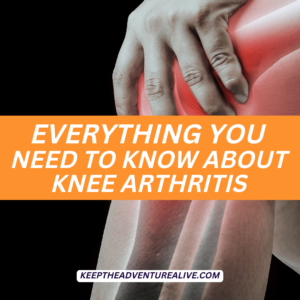When looking at how to increase stamina, joint pain and osteoarthritis can feel like they are standing in the way of your progress. When you have increased difficulty getting around, you may also notice you become more short of breath or you get tired much quicker than you used to. Not being able to keep up can be frustrating. It is possible to improve your stamina even with osteoarthritis- you just need the right tips on how to make it happen.
I know right now it may seem like you simply have to live with decreased stamina. That you will have to live with the fact that you won’t be able to keep up or move as quickly as you once did.
If you are dealing with joint pain and stiffness, you likely have decreased how much you move. This can lead to decreases in strength, endurance, and balance. All three of these factors play a significant role in how much activity you can handle and for how long.
Before we get into the tips, I would first like to show you what is possible. Many members inside my signature membership, Adventurers for Life, started where you are right now. Whether it’s significant pain, muscle weakness, lack of confidence in movement, loss of balance, loss of mobility, increased stiffness or a combination of a few- there is hope.
As a physical therapist I have witnessed so many INCREDIBLE transformations and breakthroughs inside of this membership. Here are a few recent wins to help motivate you:
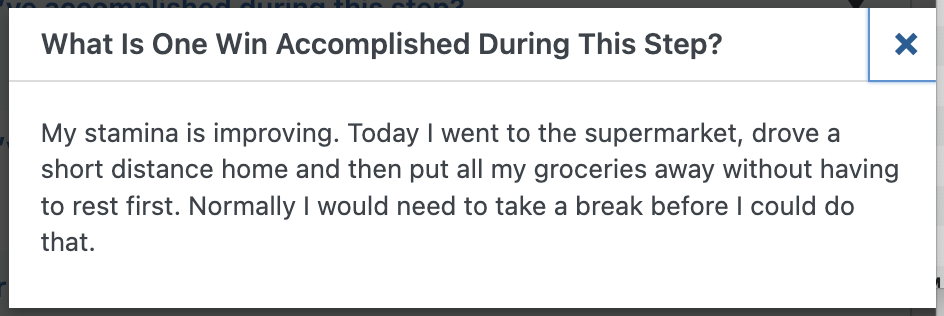
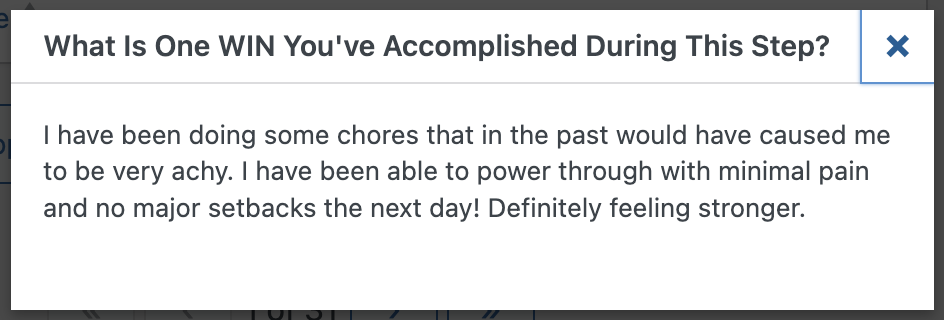
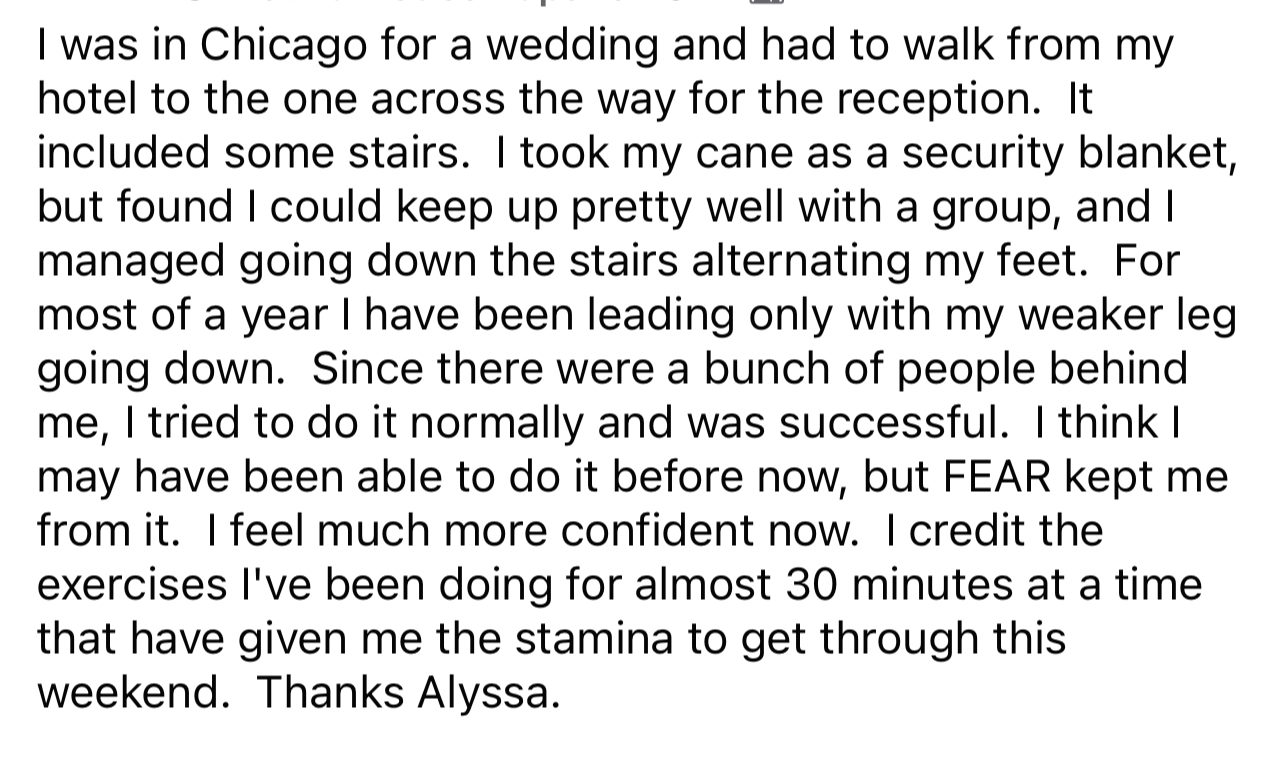
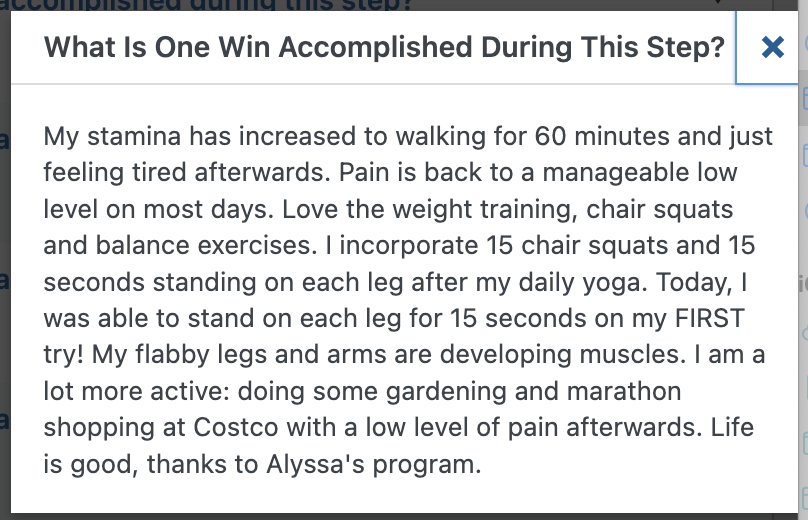
Whether you’ve been told you have bone on bone arthritis, have been dealing with pain for years or think improving your stamina is impossible- I encourage you to keep reading. You’ll never know your potential until you try.
What is stamina?
Stamina refers to a person’s physical or mental endurance and ability to sustain prolonged physical or mental effort. It is often associated with one’s capacity to perform activities or tasks for an extended period without becoming excessively fatigued or experiencing a significant decline in performance.
Think about what increasing your stamina will help you do. Imagine what it would feel like to do these tasks without feeling fatigued or in pain.
Today is the day you dedicate time for yourself to learn how to increase stamina. Learning is just the first step though. You won’t see results without ACTION.
How to Increase Stamina: 3 Tips
The idea behind improving how long you can tolerate certain activities or increasing the time it takes before you start getting fatigued is a gradual challenge.
Unfortunately, stamina cannot improve overnight.
It does require consistency. But, you’ll realize even making simple changes can really go a long way.
1. Short bouts, simple movements
Think about your average activity throughout the day. I often get people saying “well I am active throughout the day but I don’t have any stamina”.
The thing is, your body is likely used to the activities you typically do. For example, if your typical day includes light house cleaning, walking to the mailbox and cooking dinner- although it may seem like an active day to you- your body is likely used to it. This isn’t necessarily above what you usually do.
Same thing goes if you usually walk the same distance or do the same exercise routine every day. Although, you’re exercising- if it doesn’t change much day to day, likely you are working towards maintaining your current stamina instead of increasing it.
In order to improve stamina, you have to start challenging your body above what you typically do.
It doesn’t have to take a long time and it doesn’t have to be extensive, especially when first starting.
Include 1 or 2 short bouts of activity into your day. This will allow you to gradually increase your activity level and challenge your body without going overboard.
The key is when choosing your exercise/activity, you’ll want to pick something that feels good to you. For example, don’t choose to walk a further distance if walking is painful. Choose another activity like side stepping and work towards increasing walking distance as you feel better.
Here are some examples you can try today in order to get started:
- Side stepping while you are cooking a meal
- Start the morning with a new 6 minute mobility routine
- Add 15-20 calf raises when you brush your teeth in the morning and at night
- Try 20 seated kicks when you get out of bed in the morning and when you get in bed at night
Think, “How am I going to add EXTRA movement (that feels good) to may day today?”
As you get used to adding exercise/activity in, you can increase the repetitions, increase the exercises/activities and increase the frequency that you are doing them to continue to increase your stamina.
2. Increase muscle strength
The strength of your muscles can play a direct role when looking at how to increase stamina. The stronger you are, the better your muscles can support you.
If you have experienced recent muscle weakness or feel like your muscles fatigue very quickly, your stamina can greatly diminish.
Strength training doesn’t have to include going to the gym, doing hours of workouts or even using weights in the beginning.
Figuring out how to incorporate simple strength movements into what you are already doing can be an excellent way to get started.
For example, standing up from a chair is a great strength training movement that works many muscles at once. But standing up 10-20 times per day doing your regular activity isn’t enough.
Remember: you have to include more than you typically do.
If you were getting up from the living room to go grab a drink of water, instead of just standing up once then walking, stand up 3 or 5 times then go to the kitchen. Incorporating a few more repetitions each time you stand up (when feasible) can help to improve your leg strength and thus stamina.
If you would like other ideas on how to best build strength in your legs, this video below can help.
3. Add variety
Variety is key. Challenging your muscles in different ways is vital to have success in increasing stamina.
There are simple ways to add variety in to your activities.
Here are some common examples on how to include variety into your day:
- If you typically stay on the concrete sidewalk when you are out walking, try walking on the grass or finding a different path with new terrain
- If you do the same 6 stretches when you get up in the morning, try switching it up with new movements such as in this gentle seated and standing routine.
- Try walking down your hallway sideways or backwards to work new muscles and challenge balance (safety permitting of course)
- Go up and/or down the stairs sideways to work new muscles
By moving in different or new ways, you will challenge other muscles that may not be used to working. You will also challenge your mind to coordinate your body in new ways, which also helps to provide strategies on how to increase stamina.
If hip pain is holding back your stamina and your walking distance, head to this article next.
Think about, “How can I move in different ways today?”
Conclusion
It is possible to improve your stamina with the right strategies.
Essentially your goal is to add in movements that are different than what your body is currently used to. The priorities are adding purposeful movement and adding variety. These will allow you to build muscle strength, improve balance and thus improve stamina.
If you want a direct path to help you incorporate these theories without even thinking about it and know that the movements won’t flare up arthritis pain either- Adventurers for Life is for you.
Inside this membership there are strategically curated workouts to match your current fitness level. You’ll be placed on a path that has specific step by step workouts to complete instead of having to weed through thousands of different workouts to find what’s best for you.
You’ll learn many different strategies to not only increase stamina but increase muscle strength, balance and confidence. So you can experience wins like this:
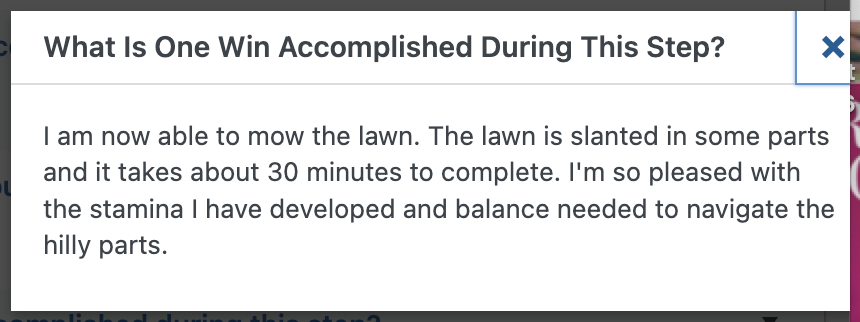
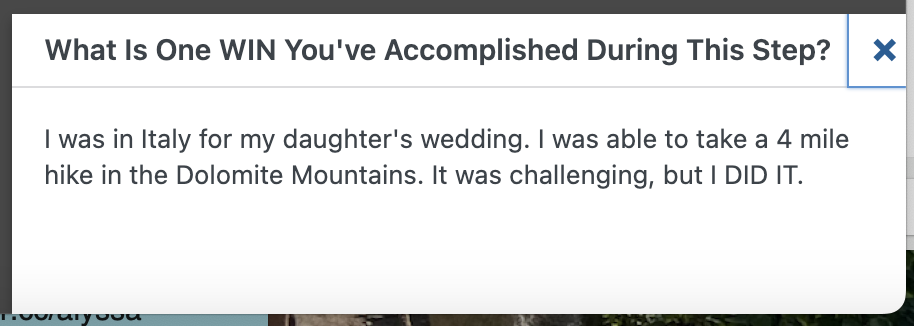
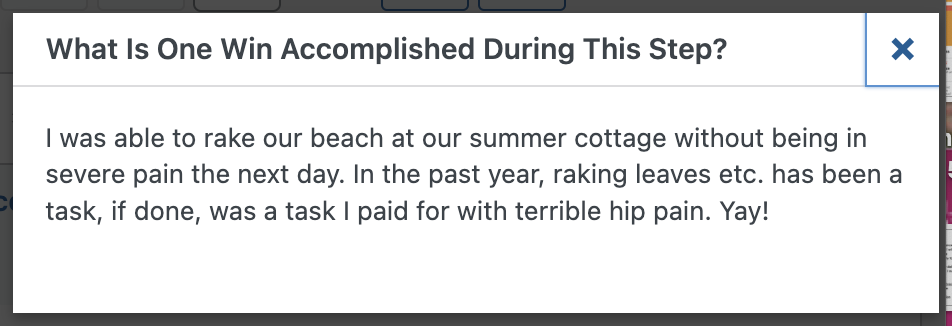
Learn more about Adventurers for Life and all the amazing resources you will get access to here:
Alyssa Kuhn
Disclaimer: This post is for general informational purposes only. It should not be used to self-diagnose and it is not a substitute for a medical exam, cure, treatment, diagnosis, and prescription or recommendation. It does not create a doctor-patient relationship between Dr. Kuhn and you. You should not make any change in your health regimen or diet before first consulting a physician and obtaining a medical exam, diagnosis, and recommendation. Move Well Age Well, LLC and Dr. Alyssa Kuhn, PT, DPT are not liable or responsible for any advice, course of treatment, diagnosis or any conclusions drawn, services or product you obtain through this post, video or site. Complete all exercises at your own risk.


